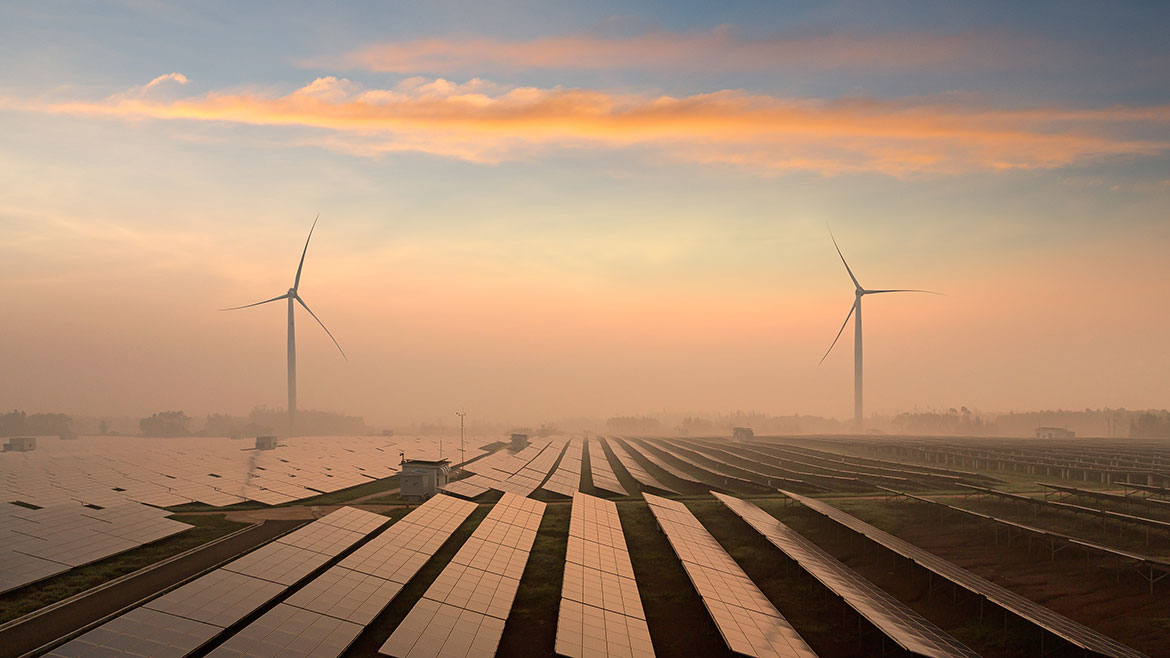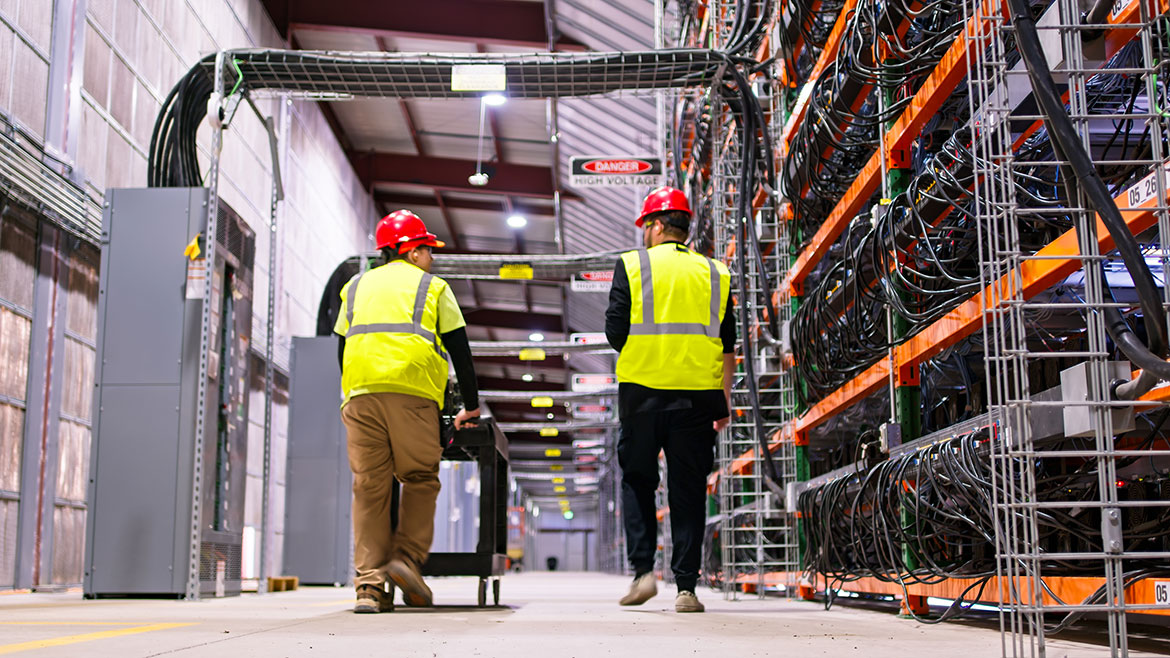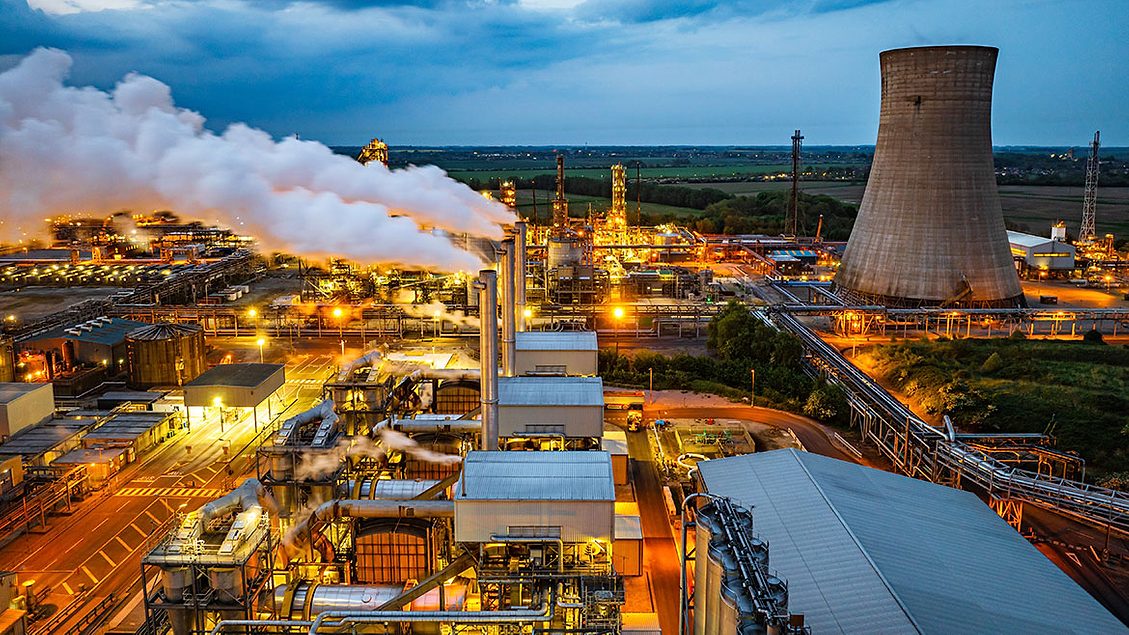Top
✕
Industrial construction is notably cooling in 2025, with sharp declines in project starts and expected spending contraction starting in 2026. Sources point to a mixture of project saturation and pullback after the 2022-2024 boom which was fueled by incentives like the CHIPS and Inflation Reduction Acts as reasons for softening in 2025. Data reports that industrial construction starts were down 26.9 percent in January of 2025 when compared to the same month one year ago.
Non-residential construction spendingng is expected to only grow by 2.2% in 2025 and 2.6% in 2026, according to the American Institute of Architects. The good news? The industrial sector, specifically, is one anticipated to outperform other non-residential projects. Experts tell Supply House Times that key areas such as data centers, public infrastructure, water treatment and utilities show ongoing resilience and modest growth.
Ken Powell, director of industrial sales for F.W. Webb, says federal funding for infrastructure is still fueling water-treatment related projects. “We’re also starting to see more activity in our space from data centers, semiconductors, and high-tech manufacturers,” he adds. “Related to those areas, we’re closely watching everything that’s happening with AI. Enormous data centers are being constructed, requiring extremely large amounts of power and extensive cooling capabilities.”
While EV projects dominated in some areas over the past few years, according to Richy Milligan, chief sales officer for Eastern Industrial Supplies, the change in administration has led to a returned focus on traditional means of energy. “Changing legislation means EV projects have taken a backseat to AI and the Data Center movement,” he says. “These Data Centers require tremendous amounts of water and electricity, which has also awakened older means of energy, including clean coal and safe nuclear generation sources to produce power.”
All about power
With data centers, energy plants and utility projects on the rise, the ongoing question is what type of power the states will tap into to support the increased demand. The increase in data centers is a major contributor to the rising energy usage throughout the U.S. In fact,. the U.S. Energy Information Administration forecasts that total electricity consumption will rise to 4,165–4,185 billion kWh in 2025, up from ~4,000 billion in 2023.
As PVF experts note, there is a shifting mix of energy sources that will impact PVF product demand; renewable sources like solar and PV energy are expanding, but this doesn’t mean natural gas usage is declining. Data shows that renewable sources are growing fast, but natural gas is still dominant, supplying ~40–42% of power generation and holding steady into 2025. Gas plants are still widely used as back-ups to fill in gaps with solar and wind power.

As power usage and demand surge, renewable sources are on the rise, creating opportunity for industrial distributors who can diversify their portfolios. Natural gas still remains dominant, though. Image source: westcowboy / iStock / Getty Images Plus
This pivotal and high-demand time in the energy and power sector brings opportunity for industrial PVF distributors. Rising industrial power demand will lead to more MEP and PVF projects for substations, boiler/power plants, cooling systems, while grid upgrades & data center pipelines present opportunities in conduit, valve, and connection supply during utility expansions.
No mater what power source you’re looking at, costs are rising. Increased energy costs and ongoing capacity crunches signal the need to align PVF portfolios with energy efficiency, grid readiness and renewable integrations.
Brian Tuohey, CEO of The Collins Companies, says the business’s power and energy have been quiet over the past few years, but is now “the biggest contributor to the growth that we have enjoyed so far this year.”
There is definite regional nuance to the data center demand and energy project demands. Powell points out that the Northeast already has other resources that data centers require, but it doesn’t yet have the necessary electricity.
“Across the region, we expect significant investment in power infrastructure in the next three to five years as more data centers become operational,” he says. “The Northeast is unique in that we have major plants that supply the power grid, along with what we call ‘peaker plants’ to accommodate fluctuating demand. In recent years, the grid has been drawing from those peaker plants more often. Between new development and already rising demand, we expect expanded power generation will be necessary in the near future.”
In the Southeast, Milligan says tax incentives are playing a role in industrial activity. “Several states in our geographical footprint have offered very attractive state tax incentives which have generated investments within their states from multiple manufacturers, leading to increased business in those areas.”
The industrial PVF industry is actively responding to evolving regulatory and sustainability demands by prioritizing Environmental Product Declarations (EPDs), carbon transparency, material traceability, and compliance with increasingly stringent fugitive emission standards, according to Jeff Butt, vice president of sales, West at Aalberts IPS Americas. “At our company, we’ve already taken concrete steps in this direction: we currently have two published EPDs available on our website, with more planned.
We’re also adopting environmentally preferred technologies and low-lead, low-emission materials to align with both regulatory expectations and customer values. As demand for traceable, sustainable solutions grows, we remain committed to leading the PVF industry in responsible manufacturing and product innovation.”

Data center serve as one of the prominent demand drivers for industrial PVF distributors through 2025 and beyond. Image source: halbergman / E+ / Getty Images
Economic outlook: Tariffs – good or bad?
Economic factors like inflation, interest rates, reshoring, tariffs and global conflict cannot go unnoticed on any given day for an industrial PVF player. While some delays are expected as customers continue to navigate uncertainty, distributors say it’s “business as usual.”
The impact of the Trump Administration’s tariff plan are still unknown. Milligan says that contractors, for the most part, have been able to pass through any applicable tariffs to the General Contract and Owner/s. “To date, there has been little to no disruption regarding tariffs and global conflict,” he explains.
Tariffs are pushing up imported steel-based costs, pressuring margins, however, U.S.-sourced manufacturers are benefiting, and some distributors are pivoting accordingly – and even benefitting from the situation. Both distributors with a heavy domestic product supply and those who stocked up pre-tariffs, are in a strong spot.
With imported steel fittings, valves, and pipe subject to 25–50% tariffs, domestic product becomes more cost-attractive—even at higher baseline prices. Likewise, distributors who stocked up before tariffs and/or had long-term supplier contracts, are enjoying margin advantages by selling inventory purchased at lower costs.
Powell points out that economic pressures are causing customers to explore more options – not just because of price, but due to lead times as well. “In some ways, things have become more fragmented. In other ways, things have consolidated,” he says. “Some projects have gone on hold, possibly because of interest rates, but we expect many of them to ramp up in the next few months. Heading into the second part of the year, we’re anticipating big things for the market overall.”
Butt describes consumer buying habits as erratic. “Economic pressures such as inflation, debt constraints, and global uncertainty have led to erratic buying behavior. Examples include delays in non-critical projects and distributor inventory adjustments that create uneven or ineffective inventory positions.”
Sourcing strategies and lead times
Sourcing strategies for industrial distributors are shifting in some cases in order to keep up with demand through the above economic factors. According to Milligan, master distributors have done an excellent job keeping material on the ground and available for quick turnaround jobs.
“In some cases, our sourcing strategies have shifted, especially when offering alternative means for piping systems which are available domestically,” he explains.
Powell, too, points to increased domestic sourcing, adding that federally funded projects require domestic materials, so that’s prompting a shift. “It’s not happening as quickly as regulators would like, but it is happening,” he says.”
Consolidation continues to impact operations throughout the PHCP-PVF supply chain; vendor consolidation is prompting larger corporations to do more with less, according to Powell. “They’re moving toward distributors like ours, with bigger footprints, seeking comprehensive selection and technology-based solutions,” he notes.
Life sciences, semiconductors, data centers, and power generation are all poised for significant growth in the coming years. That growth will also create opportunities to support all the infrastructure that accompanies expansion in those areas. We expect continued investment in education, health care, and beyond. – Ken Powell, F.W. Webb
When it comes to lead times, some distributors report noticing problems, while others aren’t experiencing delays. Tuohey says it’s all about prompt communication with customers. “Everyone is aware of the current tariff volatility and as long as you keep your customers informed of any price increases and you have a well-documented explanation, the customer might not be happy, but they understand and accept them.”
Powell says F.W. Webb is seeing some of the longest lead times they’ve ever seen on what they consider to be standard products. “At the same time, due to AIS and BABA requirements, there’s a limited amount of material on the ground domestically. Once that material is gone, it’s gone, and we have to wait to replace it.”
OEMs say relationships between industrial distributors and manufacturers have become more strategic and integrated over time. “Distributors are no longer just suppliers, but essential partners in helping contractors meet tight timelines, manage risk, and navigate ongoing supply chain challenges,” Butt explains.
Investments to overcome operational challenges
As the industrial PVF market navigates economic shifts and evolving customer demands, distributors are doubling down on innovation and operational agility to stay ahead. Wholesaler-distributors are making strategic investments in people, technology, and infrastructure.
“We’ve invested in people, especially by adding more subject matter experts in areas like thermoplastics and steam,” Powell says, who also emphasized their internal training platform that has “streamlined our training processes” across roles.
Eastern Industrial is tackling the labor challenge head-on by hiring a full-time recruiter and using recruiting software, while also automating key processes in AR and AP and applying AI “to expedite customer quotations.”
Meanwhile, The Collins Companies credits its digital marketing efforts for delivering tangible results, noting that its content-driven program has helped it become “the problem solver for our entire marketing territory.”
Looking ahead, all three companies see significant opportunity across high-growth sectors. From data centers and semiconductors to power generation, municipalities, and life sciences, the demand for specialized PVF solutions is accelerating. As Powell put it, “That growth will also create opportunities to support all the infrastructure that accompanies expansion in those areas.” The future of industrial PVF will belong to those who don’t just react to the market — but anticipate where it’s going and build the right capabilities to meet it.

